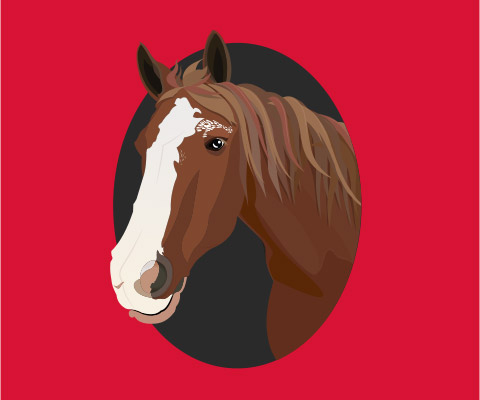June – Celebrations and Itchiness!
June 13, 2011

June is my favorite month of the year! Not only because it marks the official start of summer, or because the school year is finally over, but it is also the Month of the Horse! New Jersey Department of Agriculture Secretary Doug Fisher and the Equine Science Center’s own Dr. Malinowski, kicked off the month of the horse on June 10th at the Standardbred Retirement Foundation Farm (the same folks who brought my research horse pals to Rutgers!) by announcing the various events planned to celebrate New Jersey’s state animal! It’s like a party that lasts all month long!

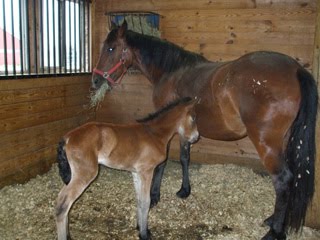
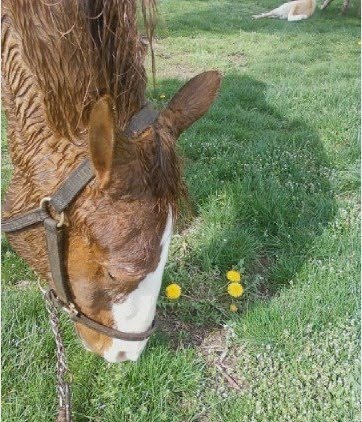
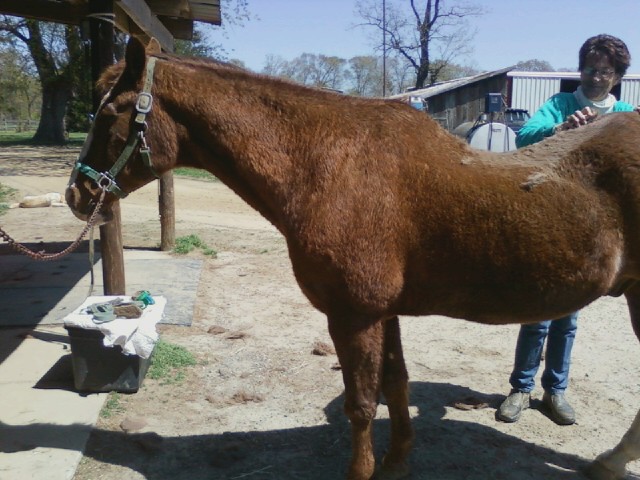 Hay everyone!
Hay everyone!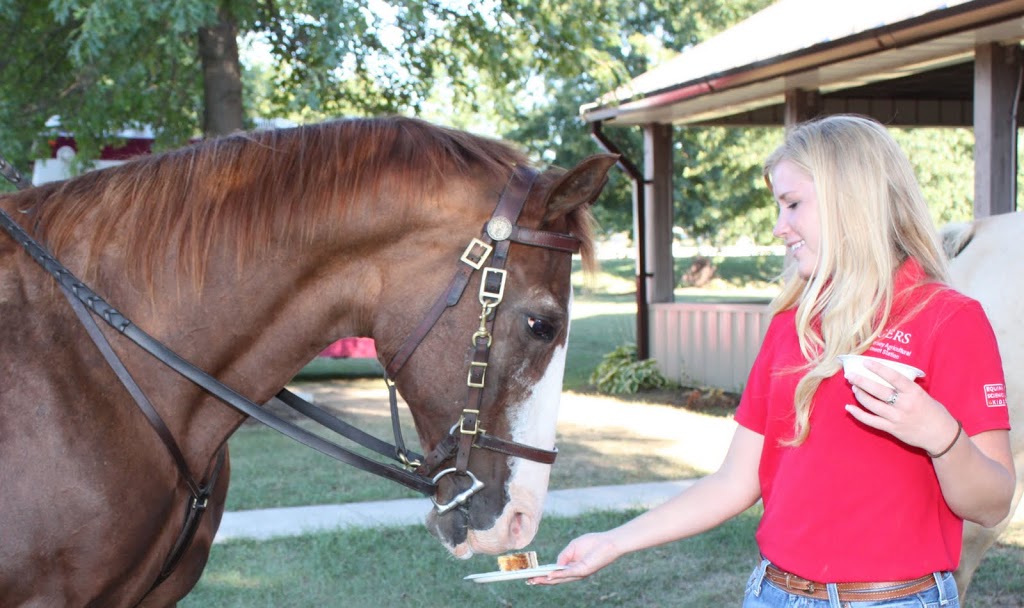
 Hay everyone!
Hay everyone!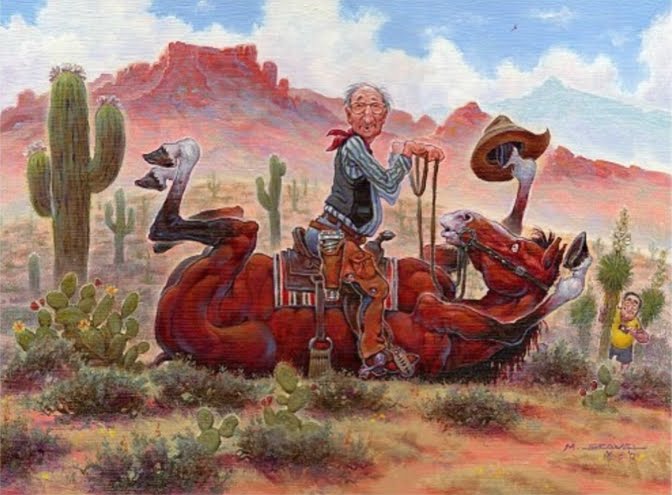 Hi friends,
Hi friends,